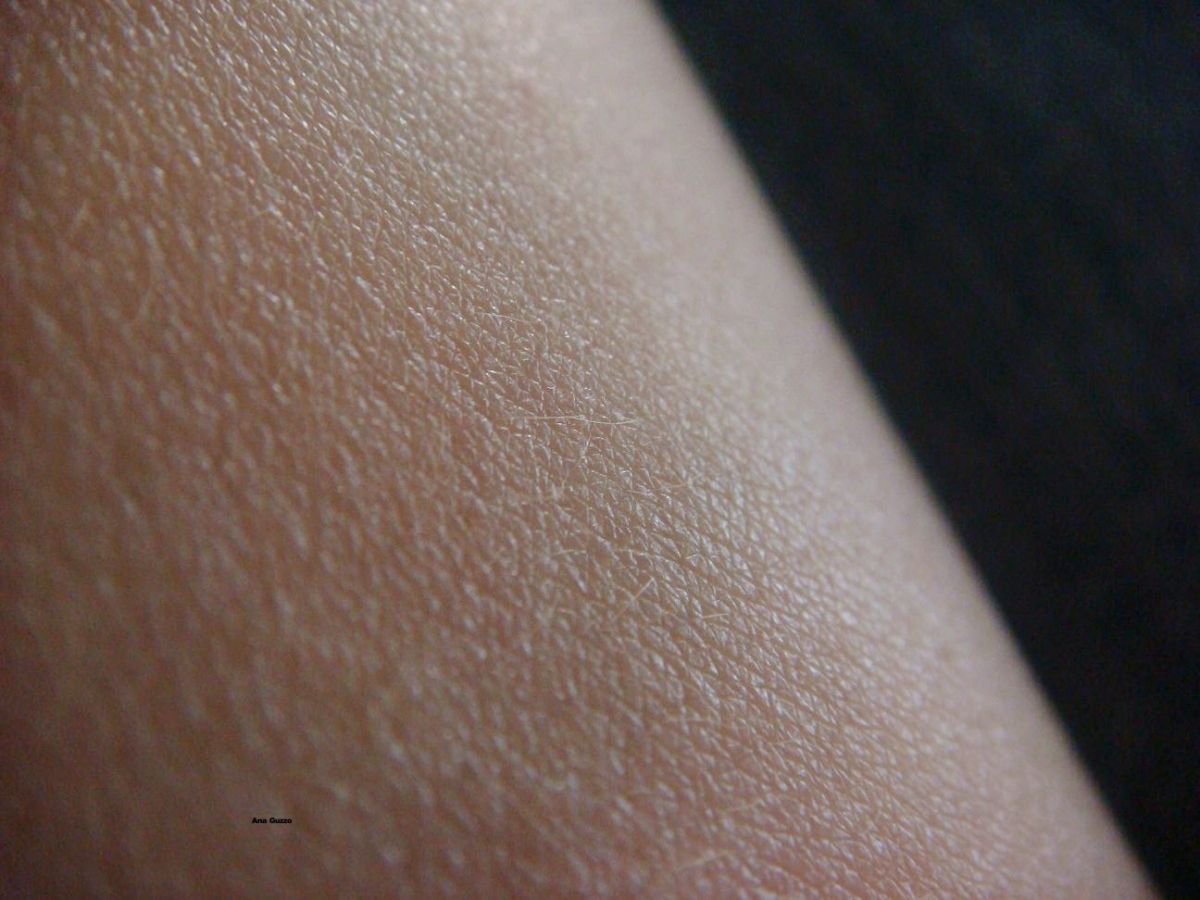Dating back more than four thousand years, the Epic of Gilgamesh is the world’s oldest surviving work of literature. In it, Gilgamesh, heroic king of the city of Uruk, sets out on a quest to gain eternal life. Throughout history, humans have been haunted by the spectre of eventual aging and inevitable death, and have dreamed of finding a cure. Some modern biomedical researchers have taken up Gilgamesh’s quest and seek a means to halt or reverse the aging process.
In 2022 a team of British researchers reported that they had successfully rejuvenated skin cells taken from middle-aged human donors. Their work was based on the Nobel Prize winning research of the Japanese molecular biologist Shinya Yamanaka. Yamanaka discovered a treatment that can cause adult cells with a specialized function to return to an unspecialized juvenile state as stem cells like those in an embryo.
The British team modified Yamanaka’s methods to rejuvenate human skin cells without causing them to lose their adult identity and function. Research has shown that cells contain a variety of molecular and genetic ‘clocks’ that indicate their age. The team used such measures to show that the skin cells they treated became like those taken from donors thirty years younger.
The researchers also showed that treated cells showed a youthful ability to manufacture the skin protein collagen. The loss of collagen causes sagging skin in older people. The new technique works in the laboratory, and researchers hope that it will eventually lead to practical therapeutic techniques applicable in the human body without risk of cancer. It’s still not clear whether science can succeed where Gilgamesh failed.










